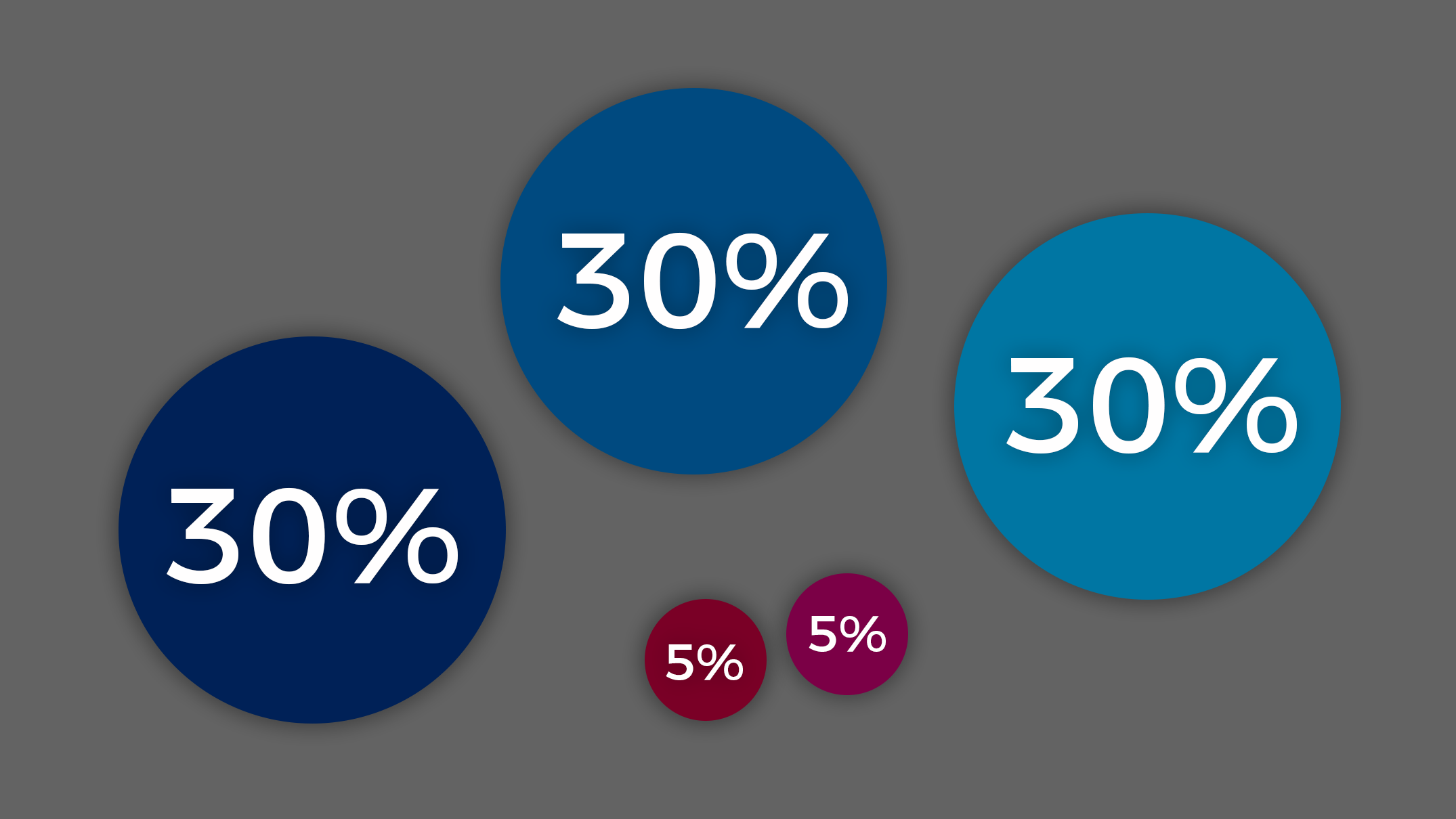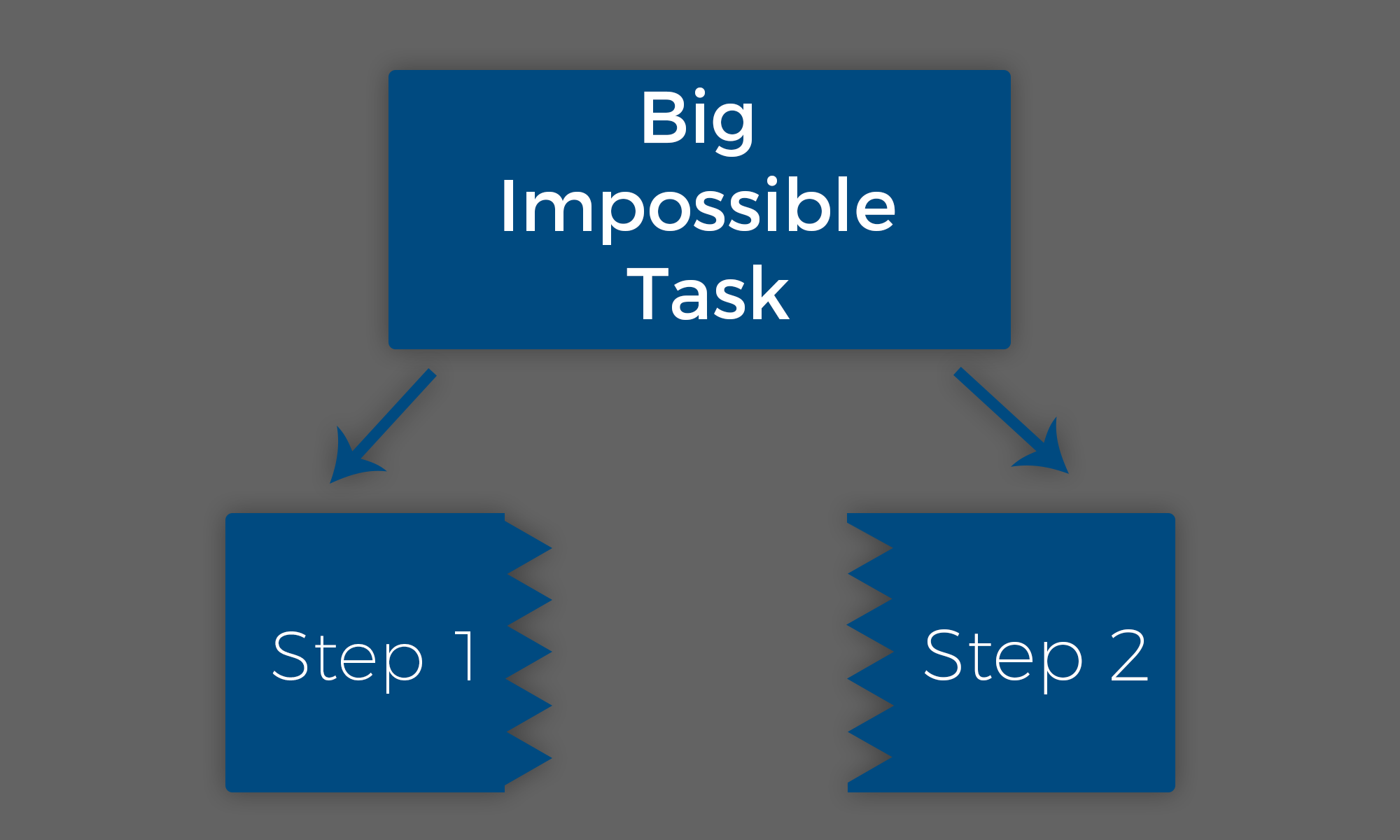Eat the Frog!

Hi everyone, I’m Beckton the new intern here at Ten Golden Rules. Today, I was introduced to the concept of “Eating the Frog” from the book Eat That Frog! by Brian Tracy. Luckily, it isn’t a real frog to actually eat, but it simply is a productivity concept of doing your ugliest and most dreaded tasks first in the day. The point is to prevent them from building up until, as Jay likes to say, the little frog has turned into a big hairy toad.
It is easy to busy yourself with small tasks that are easy to complete, but that are not very important and produce few results. The problem is that these easy tasks crowd the important tasks–the tasks that make the biggest difference in your work or life. No one can possibly accomplish everything, but by completing the most essential and difficult task first, it is possible to get what is really important done efficiently.
The Main Frog
A good question to ask yourself is: What is something that only I can do that will make the biggest difference? It doesn’t have to have an impact at work, it could be something to do with your family or inside your community. This should be your main frog, your highest value task, that no one else can or will do. Here at Ten Golden Rules we put this concept into action with a morning team huddle. Every day we take 15 minutes to go through everyone’s accomplishments of the previous day and frogs to get done today. This huddle helps to keep everyone focused on the right tasks and also motivated.
Below I broke down some of my favorite tips and ideas I got from the book:
Procrastinating as a Tool
In order to succeed and get everything done, you have to actually procrastinate. But this isn’t the usual unconsciously putting important things off until the last minute, it is choosing what to put off. Looking at everything you “have” to do, try to pick out one thing you can put off for a while, or even eliminate altogether. I bet you can do it, and this is an essential strategy to focusing on doing what matters while releasing what doesn’t.
The Rule of Three
 Surprisingly, out of everything someone is responsible for, only their three most important tasks make up 90% of the value they contribute to a company. This is really important for employers to understand, because they of course want to get the maximum value and productivity out of their employees. By putting your main focus on these three tasks and actually completing them, this will allow you to get more done while spending less time working.
Surprisingly, out of everything someone is responsible for, only their three most important tasks make up 90% of the value they contribute to a company. This is really important for employers to understand, because they of course want to get the maximum value and productivity out of their employees. By putting your main focus on these three tasks and actually completing them, this will allow you to get more done while spending less time working.
Grading Your Tasks

Take everything you have to do and give it a letter grade by importance, from “A” to “E.” “A” tasks are frogs, the things you really need to do that produce the most benefit. “B” are things that would help you and should be done, but not as important. “C” tasks are things that would be nice to do, but don’t necessarily need to be finished. “D” tasks are things you should try to delegate to other people or push off until you are less busy. “E” tasks are things that should be removed from your list.
Break Things Up

Often when things seem overwhelming, we procrastinate just because we have no idea where to start. This can be resolved by breaking things into little tasks that are much easier to do, which creates momentum to finish the entire job. For example, if I wanted to write a report, I might divide the research into several parts. First, I might find all the sources I needed. Then, I might go through all of the sources one by one and take light notes. Lastly, I might prepare the citation for each source. Pretty soon, all the research would be done, making it easier to start writing and ultimately, completing a once seemingly impossible task.
Hopefully these have inspired you and helped your productivity, whether it be at work or at home. Some of these may seem basic, but they really help channel your productive ability to complete more important things and have more time for yourself.

